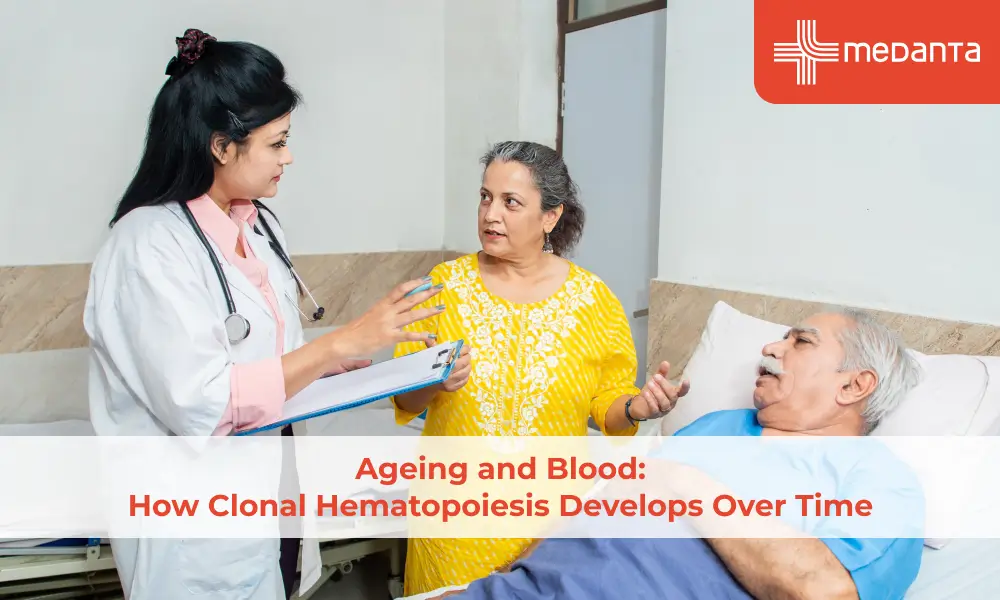Tiny Hearts, Big Battles: 5 Facts About Foetal Congenital Heart Defects

Congenital Heart Defects (CHDs) are a group of structural abnormalities in the heart that happen during foetal development. These conditions can affect the heart's structure, function, or both, and they are present from birth. CHDs are among the most common congenital disabilities, impacting nearly 1 in 100 newborns worldwide.
In this blog, we will explore five specific foetal congenital heart defects: Truncus Arteriosus, Tricuspid Atresia, Ectopia Cordis, Cyanotic Heart Disease, and Tetralogy of Fallot. Each of these conditions presents unique challenges for affected infants and their families.
Understanding Congenital Heart Defects
To better understand specific congenital heart defects (CHDs), it's important first to grasp the basics of these conditions as a whole. CHDs can vary in severity and are usually caused by genetic and environmental factors. While some CHDs are detected before birth, others may remain unnoticed until after delivery. Early diagnosis and intervention are vital in improving outcomes for infants with CHD.
Common Types and Classification of CHDs
There are two main categories of congenital heart defects: cyanotic and acyanotic. Cyanotic heart defects cause a decrease in oxygen levels in the blood, resulting in a bluish discoloration of the skin (known as cyanosis). On the other hand,noncyanotic heart defects do not cause cyanosis but can still have significant health consequences for infants.
Some examples of common congenital heart defects (CHDs) include atrial septal defect (ASD), ventricular septal defect (VSD), patent ductus arteriosus (PDA), and Tetralogy of Fallot. The severity and complexity of these defects can vary, and treatment options range from observation to surgical repair.
Truncus Arteriosus: The Complex Connection
Truncus Arteriosus is a rare and complex heart defect during foetal development. It involves a single large vessel, known as the truncus, arising from the heart and supplying blood to the lungs and the body. In a typical healthy heart, there are separate vessels responsible for carrying blood to the lungs (pulmonary artery) for oxygenation and to the rest of the body (aorta) with oxygenated blood.
Truncus Arteriosus is a condition where the heart's single vessel may contain a hole called ventricular septal defect. This allows blood from both the right and left ventricles to mix, resulting in inadequate oxygenated blood supply to the body, which causes cyanosis.
The typical treatment for Truncus Arteriosus involves a surgical procedure that entails separating the pulmonary artery and aorta, as well as closing off the ventricular septal defect. While surgery can be effective, children with Truncus Arteriosus may require ongoing care and monitoring throughout their growth and development.
Tricuspid Atresia: The Missing Link
Tricuspid Atresia is a heart defect that occurs at birth. It involves the improper development or complete absence of the tricuspid valve, which separates the right atrium and ventricle. This defect creates a disruption in the normal blood flow from the right atrium to the right ventricle and, ultimately, to the lungs for oxygenation.
Babies born with Tricuspid Atresia often develop a unique circulation system to compensate for their heart defect. This involves the presence of a hole in the heart, like an atrial septal defect or ventricular septal defect, which enables some blood to flow from the right atrium to the left side of the heart and then throughout the body.
Tricuspid Atresia is typically managed through a series of surgeries. The main objective of these surgeries is to redirect blood flow to the lungs for oxygenation and ensure proper circulation throughout the body. While these processes can enhance the quality of life for children with this condition, it's crucial to provide long-term follow-up care.
Ectopia Cordis: A Rare Anomaly
Ectopia Cordis is an extremely rare and visually striking congenital heart defect. It involves the baby's heart forming outside of the chest cavity, often exposed directly on the chest wall. Ectopia Cordis can occur as a standalone defect or conjunction with other heart and structural abnormalities.
Ectopia Cordis is usually detected through prenatal ultrasounds, giving parents and healthcare providers time to plan for the difficulties that lie ahead. However, it's important to note that survival rates for babies with Ectopia Cordis are relatively low, and immediate surgical intervention is often necessary after birth.
The surgical treatment for Ectopia Cordis involves delicately returning the heart to its rightful position inside the chest and addressing any accompanying heart abnormalities. The complexity of the procedure and its outcomes can vary greatly depending on each case.
Cyanotic Heart Disease: The Oxygen Challenge
Cyanotic heart disease refers to a collection of congenital disabilities in the heart that cause reduced oxygen levels in the bloodstream. As a result, the skin and mucous membranes may take on a bluish or purplish hue, known as cyanosis.
An example of a cyanotic heart defect is the Tetralogy of Fallot. This condition is identified by four specific heart abnormalities:
- Ventricular septal defect (a hole in the wall separating the heart's ventricles)
- Overriding aorta (the aorta is positioned over both ventricles)
- Pulmonary stenosis (narrowing of the pulmonary valve and artery)
- Right ventricular hypertrophy (enlargement of the right ventricle)
These abnormalities interrupt the natural circulation of blood in the heart, resulting in reduced oxygenation of the blood. Children born with cyanotic heart defects often need surgery in infancy to improve blood flow and oxygen levels. In some cases, multiple surgeries may be necessary as they grow. It's important to monitor these children closely for any potential complications in the long term.
Success Stories and Support
Although congenital heart defects present challenges, many children living with these conditions can lead fulfilling lives. Thanks to advances in medical technology, surgical techniques, and comprehensive care, the outcomes for babies born with CHDs have significantly improved.
If your family receives a diagnosis of a foetal congenital heart defect, it can be helpful to connect with support networks and organisations that focus on raising awareness and advocating for CHDs. Connecting with other parents who have faced similar challenges can provide invaluable emotional support and guidance.
Conclusion
Congenital heart defects in fetuses encompass many complex conditions significantly impacting infants and their families. It is crucial to diagnose these conditions early on and provide appropriate medical intervention to improve outcomes for these resilient little ones. Although the journey may be challenging, the determination of these children and the unwavering support from their loved ones offer hope and inspiration.
Always remember, even tiny hearts can triumph over tremendous battles.
Take the first step towards better health by booking an appointment with a hospital that provides comprehensive and multidisciplinary care.






